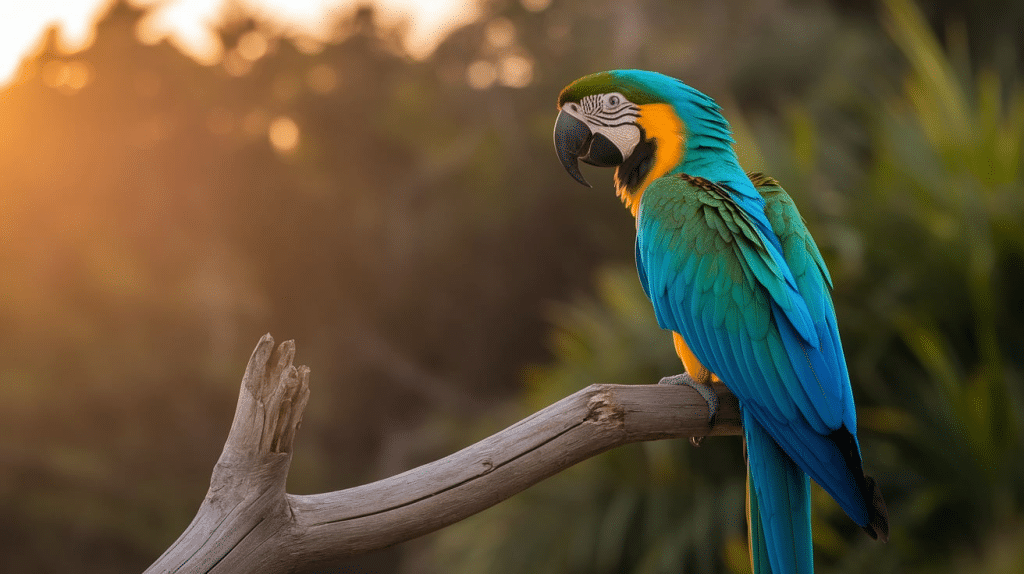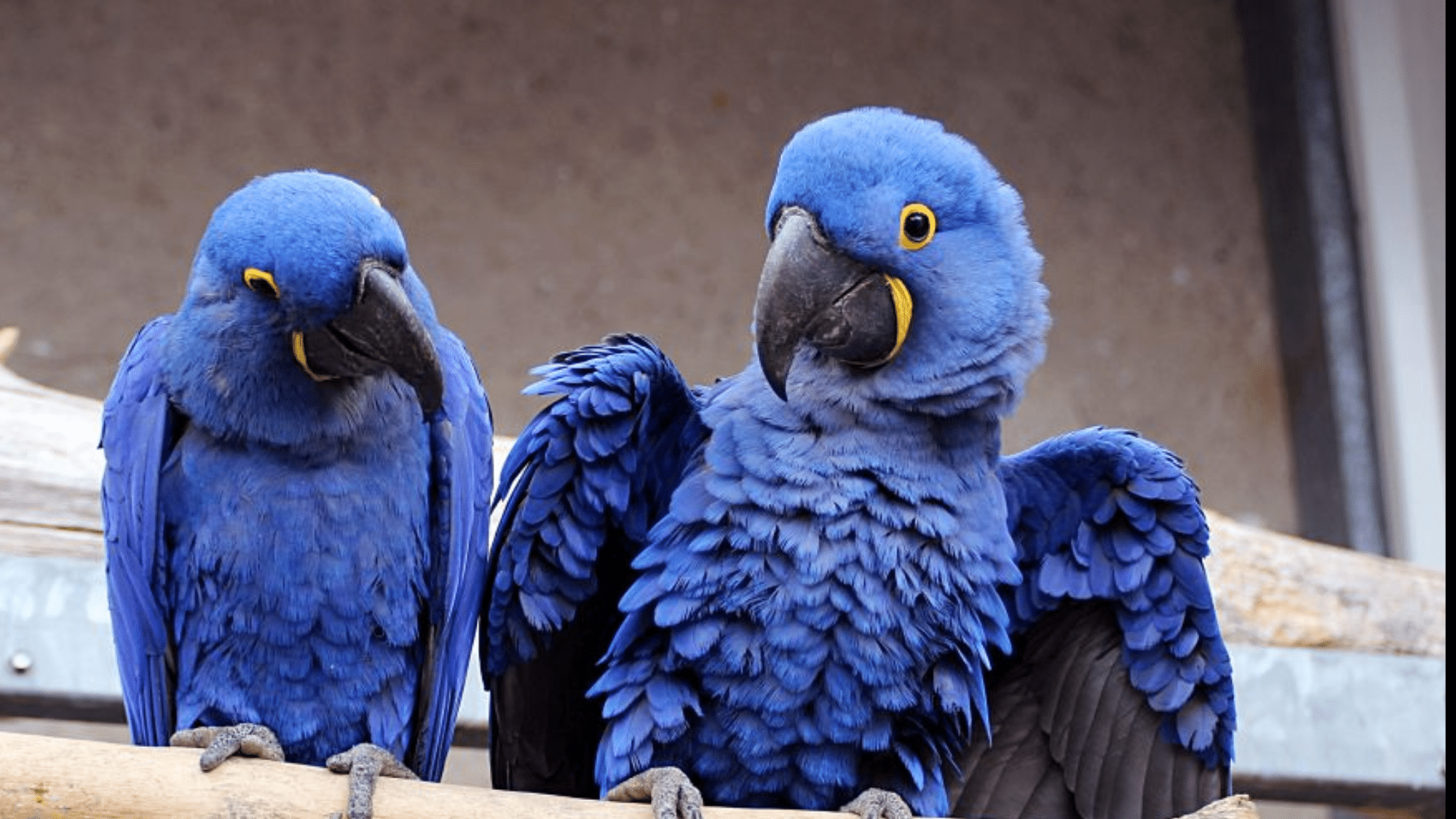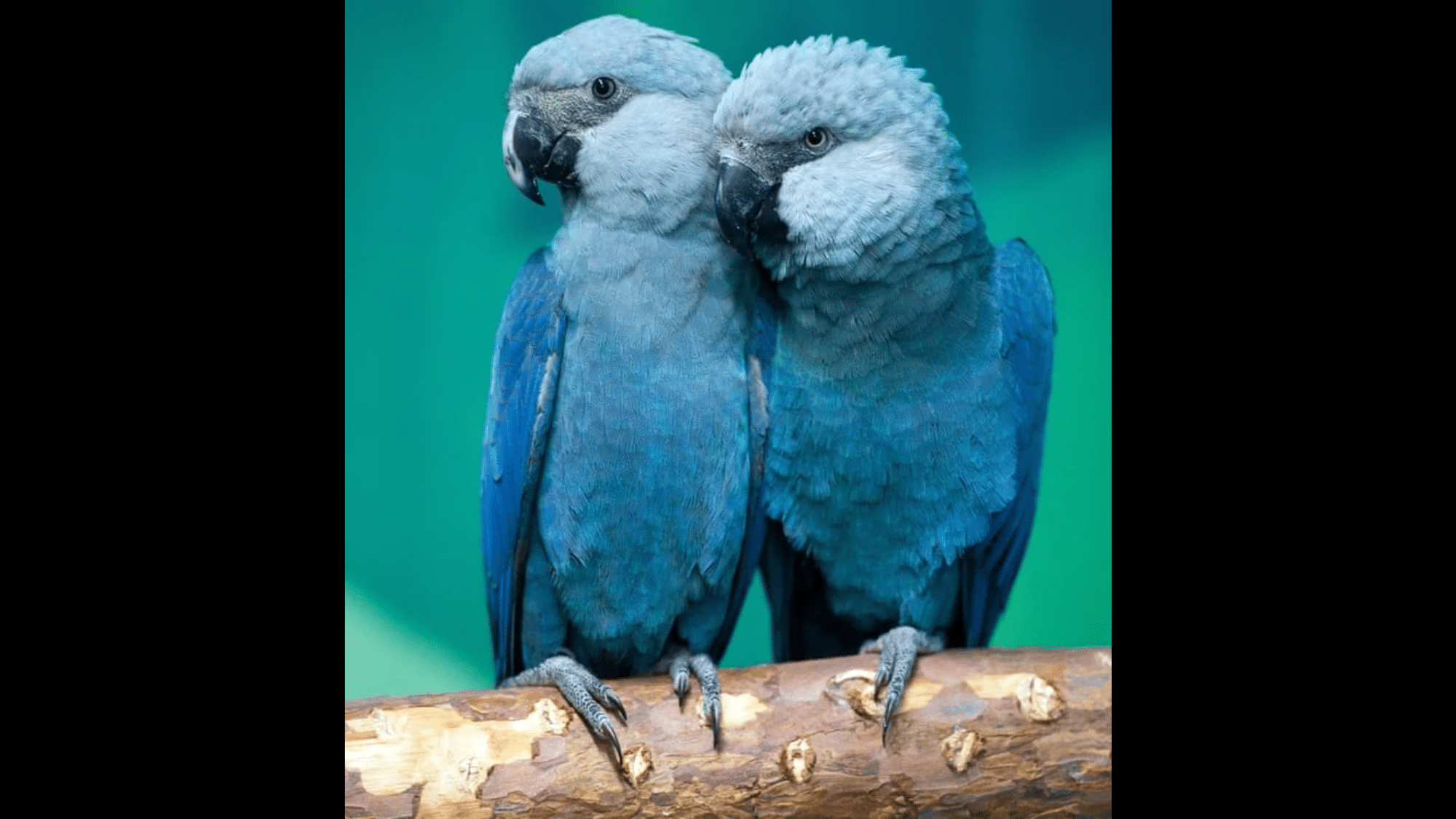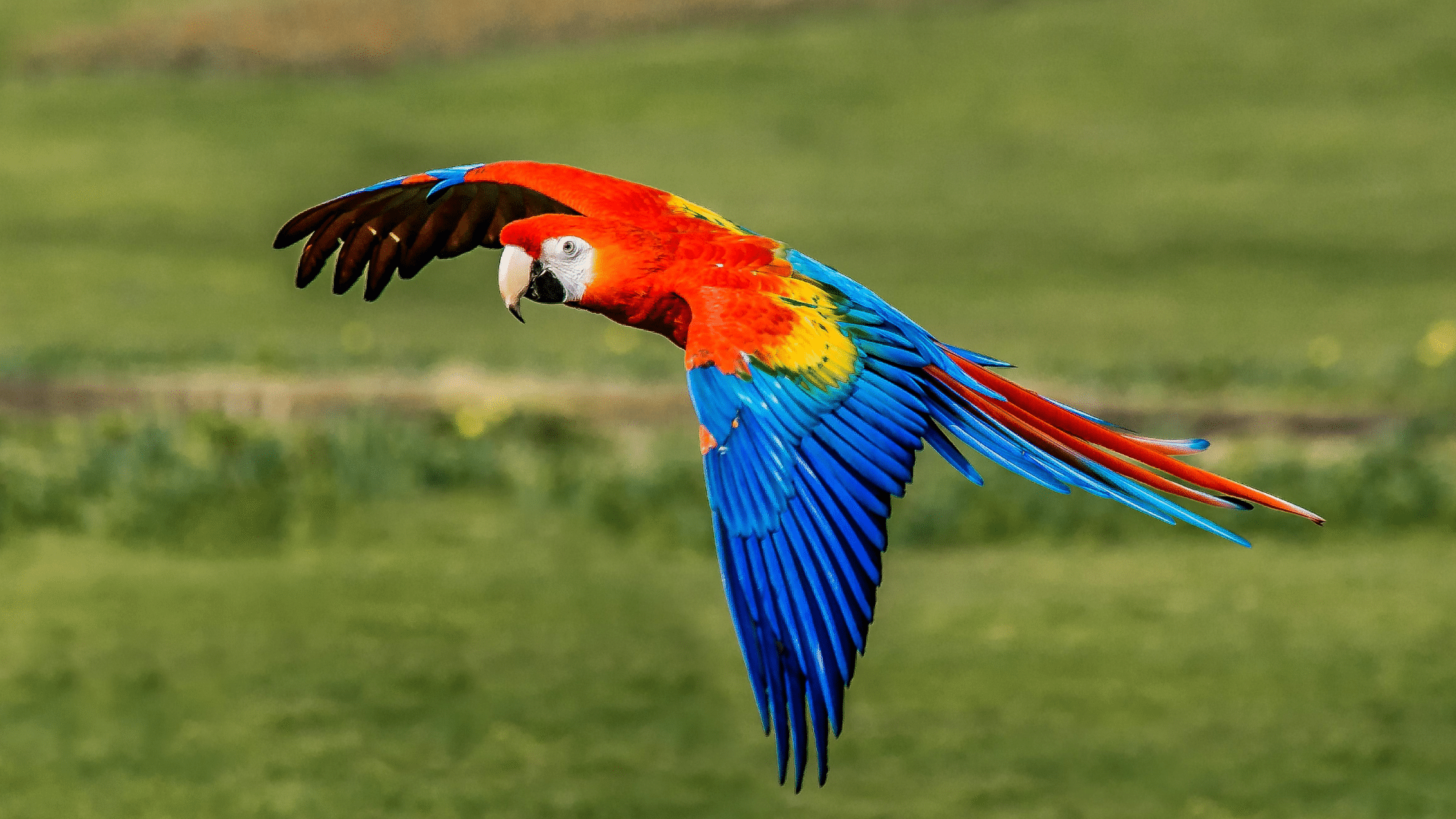Have you ever wondered where macaws live? Well, these bright, colorful birds are found in some of the most beautiful rainforests of Central and South America.
But what makes their homes special, and what do macaws need in their environment to survive?
In this blog, you will have a look at the types of places where macaws live, what they need to thrive, and why their homes are in danger today.
Let’s go through the world of macaw habitats and explore how we can help keep them safe.
Primary Habitats for Macaw
Macaws prefer to live in forests with tall, mature trees that provide nesting holes and numerous food sources.
However, the Amazon Basin is home to the largest number of macaw species, and these colorful birds find everything they need for survival there.
Most macaws stick to specific habitat types that meet their basic needs:
- Lowland Tropical Forests: These warm, humid forests provide macaws with year-round food and safety, thanks to their dense tree canopy and diverse plant life.
- Gallery Forests: These tree strips along waterways create natural flight paths and attract many plant species that produce foods macaws need.
- Forest Edges: These borders allow macaws to quickly retreat to safety while maintaining clear views to spot food sources and potential threats.
- Palm Swamps: These wet areas are home to numerous palm trees that produce nuts and fruits, making them a key component of macaw diets.
- Clay Licks: These mineral-rich soil spots help macaws process certain toxins found in their regular diet of seeds and fruits.
- Water-Adjacent Areas: These locations offer daily access to drinking water and create natural breaks in the forest, making for easier flight paths.
Unique Habitat Requirements by Species
Different macaw species need special types of homes that match their size, diet, and behaviors. Each kind has adapted to specific forest types over thousands of years.
1. Hyacinth Macaws in Pantanal Wetlands
These large blue macaws survive in the Pantanal wetlands, which consist of open palm savannas and scattered forest patches.
They rely on just a few tree types for survival, making their habitat needs very specific. The acuri and bocaiuva palms provide their main food, while manduvi trees offer cavities big enough for nesting.
The seasonal flooding creates a changing landscape that affects when and where they can find food and safe nesting spots.
2. Spix’s Macaw Dependence on Tabebuia Gallery Forests
These rare blue macaws once lived only in a tiny region of northeastern Brazil. They relied on caribou trees for nesting and stayed near seasonal streams and riverbeds.
Their limited range puts them at high risk from habitat loss. And the slow growth of caramba trees made habitat restoration very challenging. It took decades for trees to become suitable for nesting.
3. Scarlet Macaw Adaptations to Central American Rainforests
Scarlet macaws show more flexibility, living in various forest types from Mexico to South America. They often prefer mountain slopes and mid-elevation forests with a good mix of food trees and nesting sites.
They typically nest in large trees near forest gaps for easy flying. Their wide range across different climate zones shows their ability to adapt to various conditions.
Climate and Seasonal Habitat Dynamics
Macaw habitats change throughout the year as seasons shift. These changes affect where birds can find food and how they behave.
- Fruit Availability Cycles: Most forest trees produce fruits at specific times, creating a natural calendar that macaws follow as they move between feeding areas.
- Water Level Changes: Rising and falling water in wetland areas affects access to food sources and clay licks, forcing macaws to adjust their daily movements.
- Breeding Season Timing: Many macaw species match their nesting schedule to periods when certain foods become plentiful, ensuring chicks have enough to eat.
- Drought Responses: Extended dry periods may push macaws to travel farther for food and water, sometimes causing temporary habitat shifts.
Role of Amazon Rainforests in Macaw Survival
The Amazon rainforest serves as the main home for most macaw species. This vast forest system spans multiple countries and provides the perfect mix of food, shelter, and breeding spots these birds need.
These birds rely on the Amazon’s diverse plant life for their survival. When parts of the forest disappear, macaws struggle to find new places that meet all their needs.
Nesting Preferences in Tall Trees and Riverbanks:
- Old-Growth Trees: Macaws prefer trees at least 100 years old with natural holes large enough for nesting.
- River-Adjacent Spots: Many macaws choose trees near water for easy access to drinking and bathing spots.
- High Locations: Nests Often Sit 60-150 Feet Above Ground, Keeping Eggs and Chicks Safe from Predators that Climb.
- Reused sites: Macaw pairs often return to the same nesting spot for many years if left undisturbed.
Dietary Reliance on Rainforest Fruits and Nuts:
- Seasonal Eating Patterns: Macaws track the ripening cycles of different trees, moving to new areas as food sources change.
- Palm Nuts: These hard nuts are a major part of many macaw diets, and birds crack them open with their strong beaks.
- Variety Needs: A healthy macaw diet consists of dozens of different plant foods found throughout the rainforest.
- Food Competition: Macaws often share feeding grounds with monkeys and other birds, all looking for the best fruits.
Common Threats to Macaw Habitats
| Category | Description |
|---|---|
| Major threats |
|
| Environmental changes |
|
| Long-term impact |
|
Conservation Efforts for Macaw Habitats
Many groups work hard to protect the homes of macaws around the world. These efforts help keep these colorful birds safe for future generations to enjoy.
Protected Areas
- National parks in brazil, peru, and bolivia safeguard millions of acres of macaw habitat.
- International agreements help countries work together to protect areas that cross borders.
- Buffer zones around fully protected areas allow limited human use while still supporting the macaw.
- Private reserves created by conservation groups add to the network of safe spaces.
Breeding Programs
- Captive breeding focuses on the most at-risk macaw species to boost their numbers.
- Expert teams monitor the health and genetic diversity of breeding groups.
- Soft-release methods help captive-bred birds adjust to wild conditions.
- Tracking programs follow released birds to learn about their survival needs.
Local Community Involvement
- Eco-tourism creates jobs that depend on healthy forests and visible macaws.
- Education programs help people understand the value of macaws in their area.
- Economic options that work with standing forests provide alternatives to logging.
- Training local guides and researchers builds long-term skills in communities.
Habitat Restoration
- Tree planting efforts focus on species that macaws use for food and nesting.
- Corridor creation connects separated forest patches so macaws can move between them.
- Seed collection and nurseries preserve the genetic diversity of important forest plants.
- Monitoring programs track the success of restoration efforts over time.
What can you do next? Learn about macaw conservation groups in your area to support organizations well that protect rainforests now!























